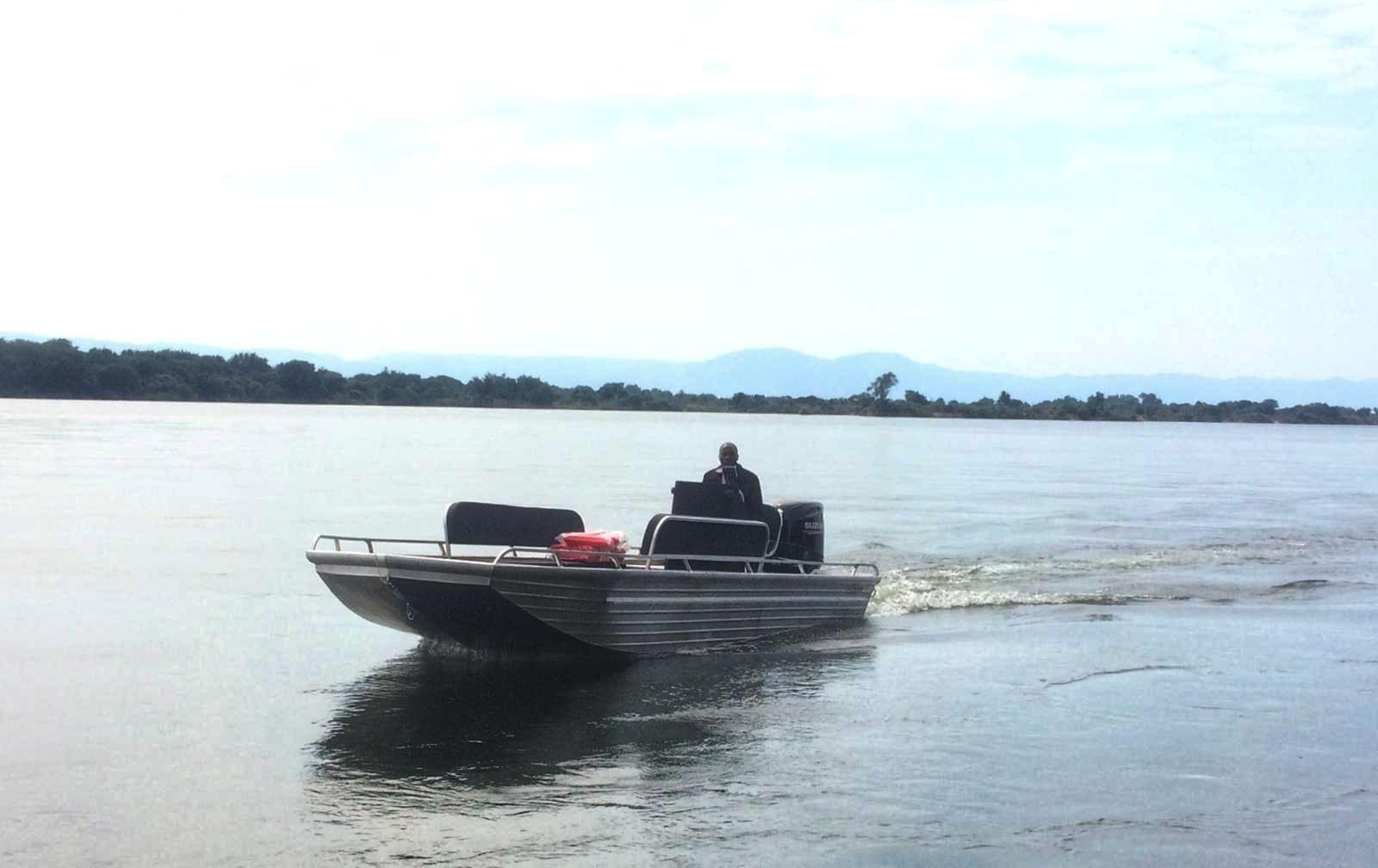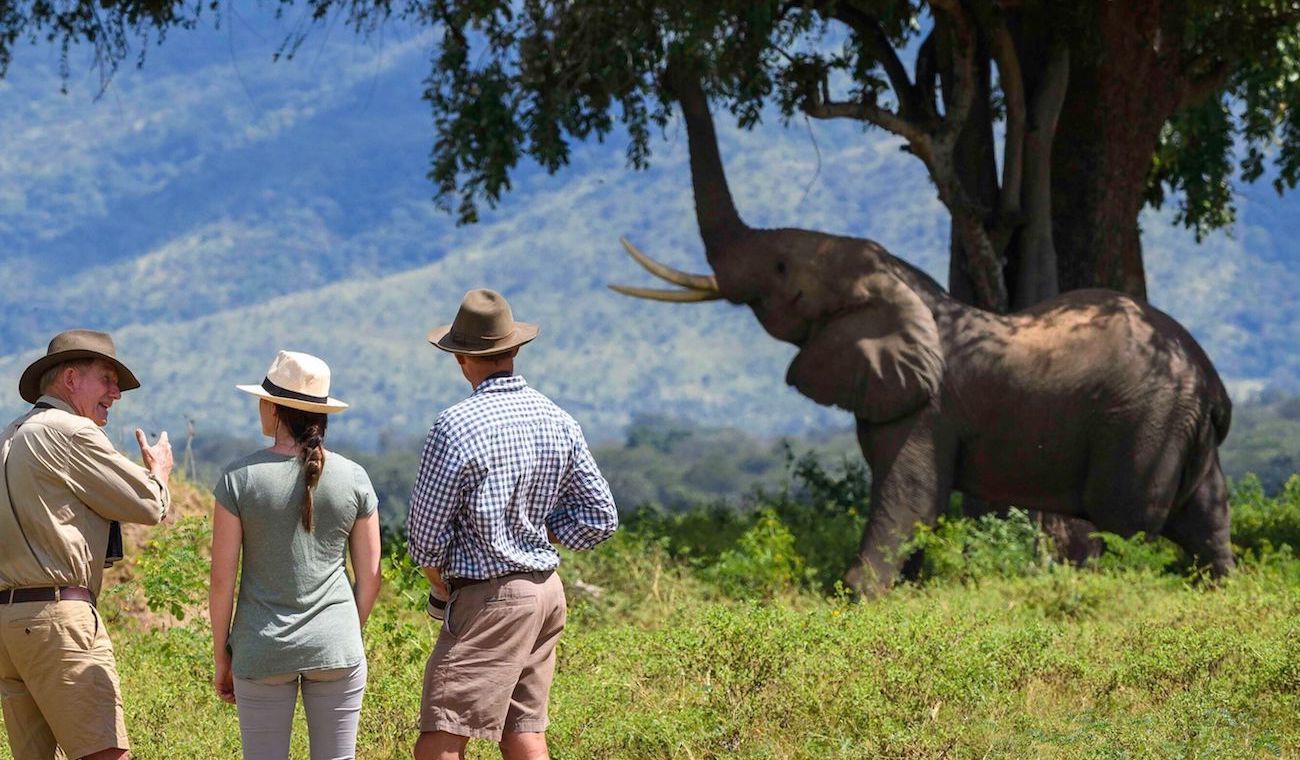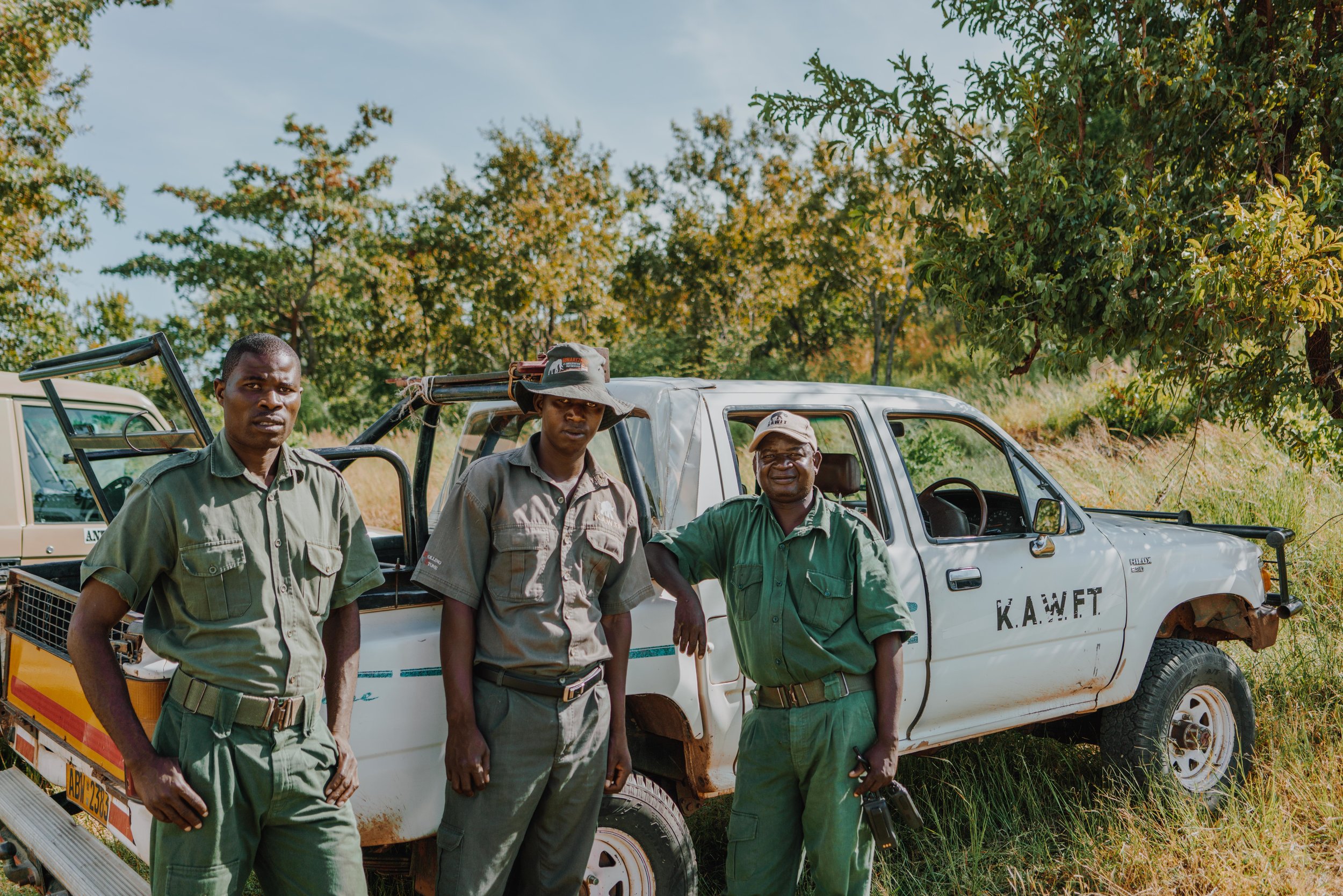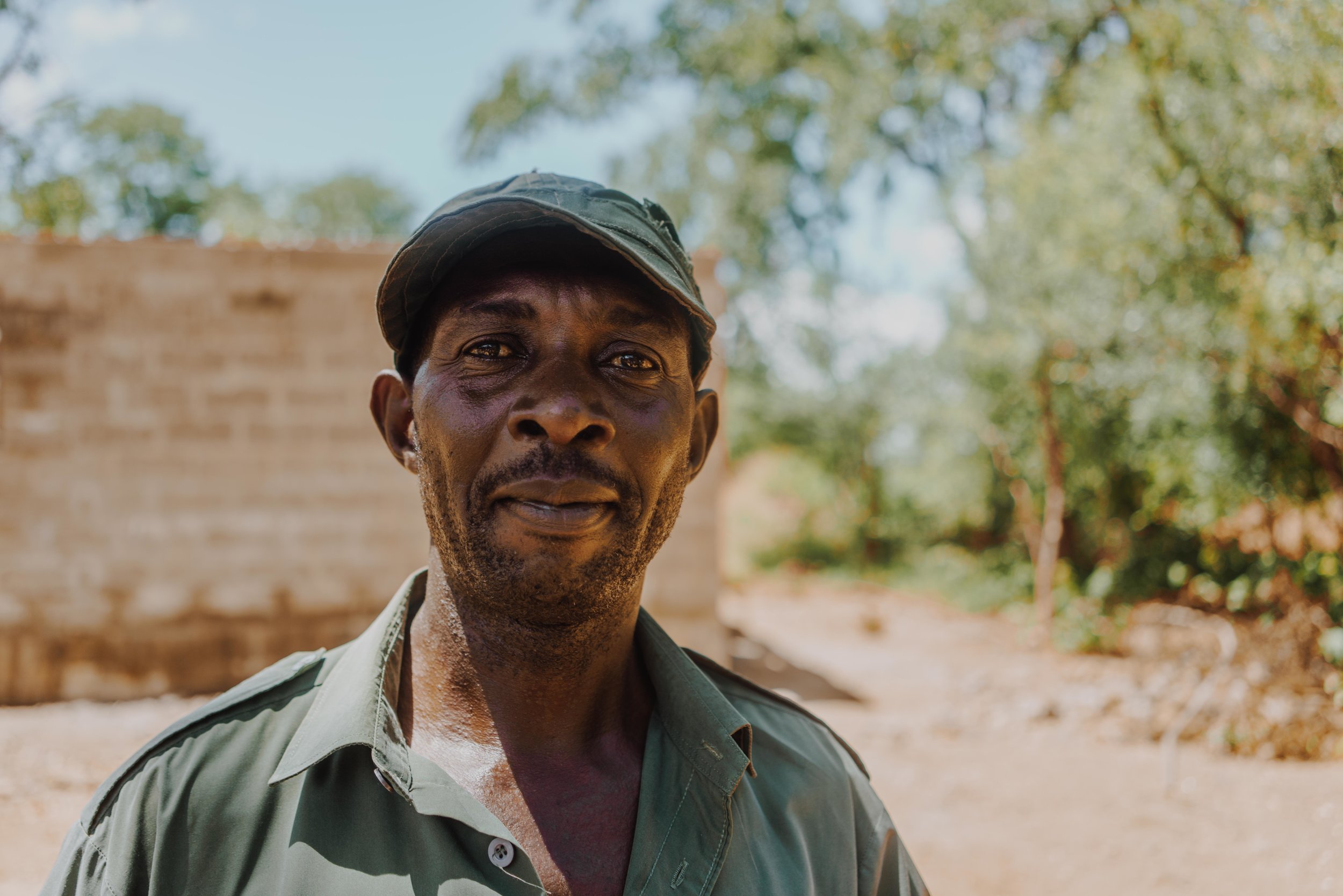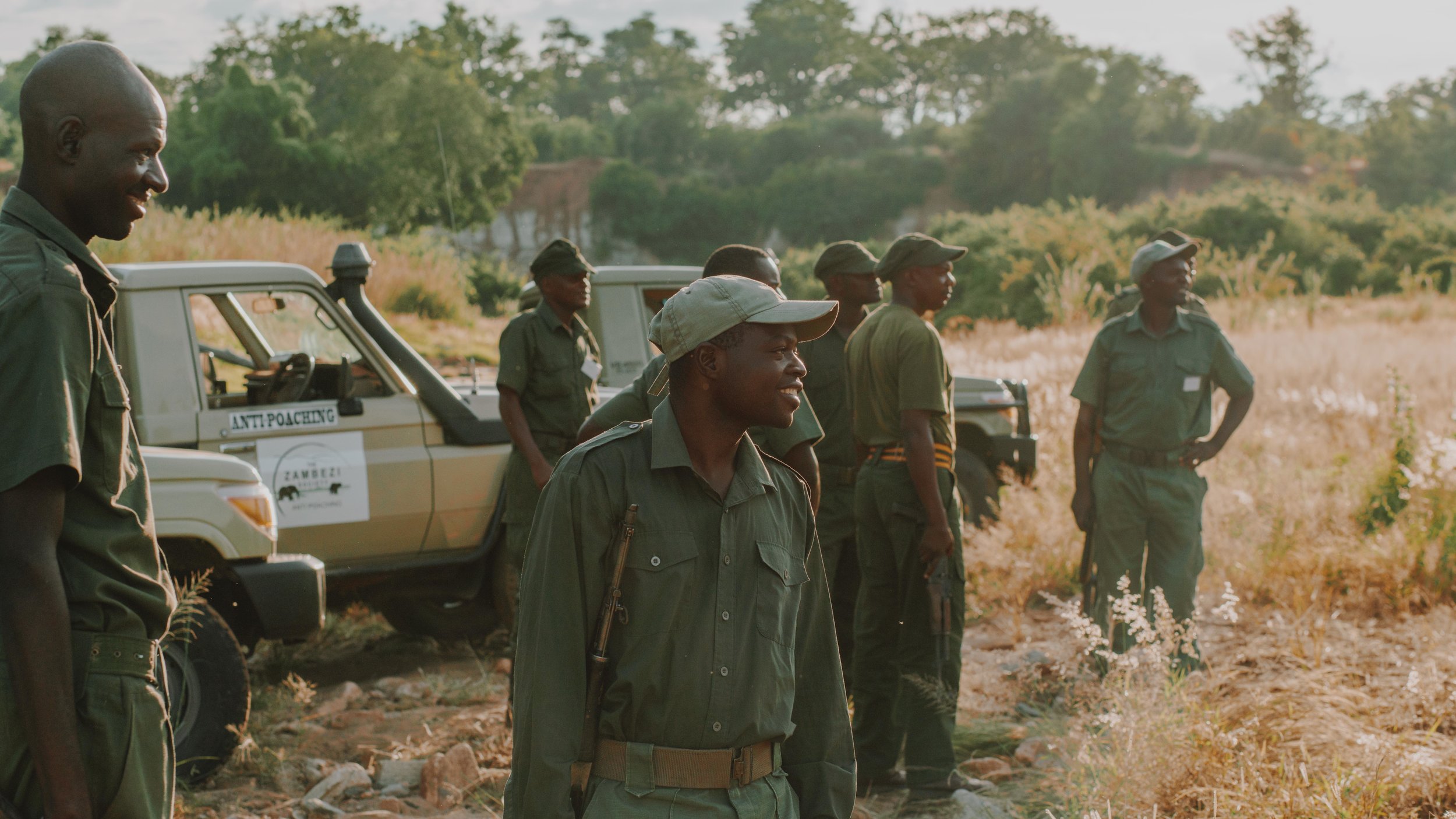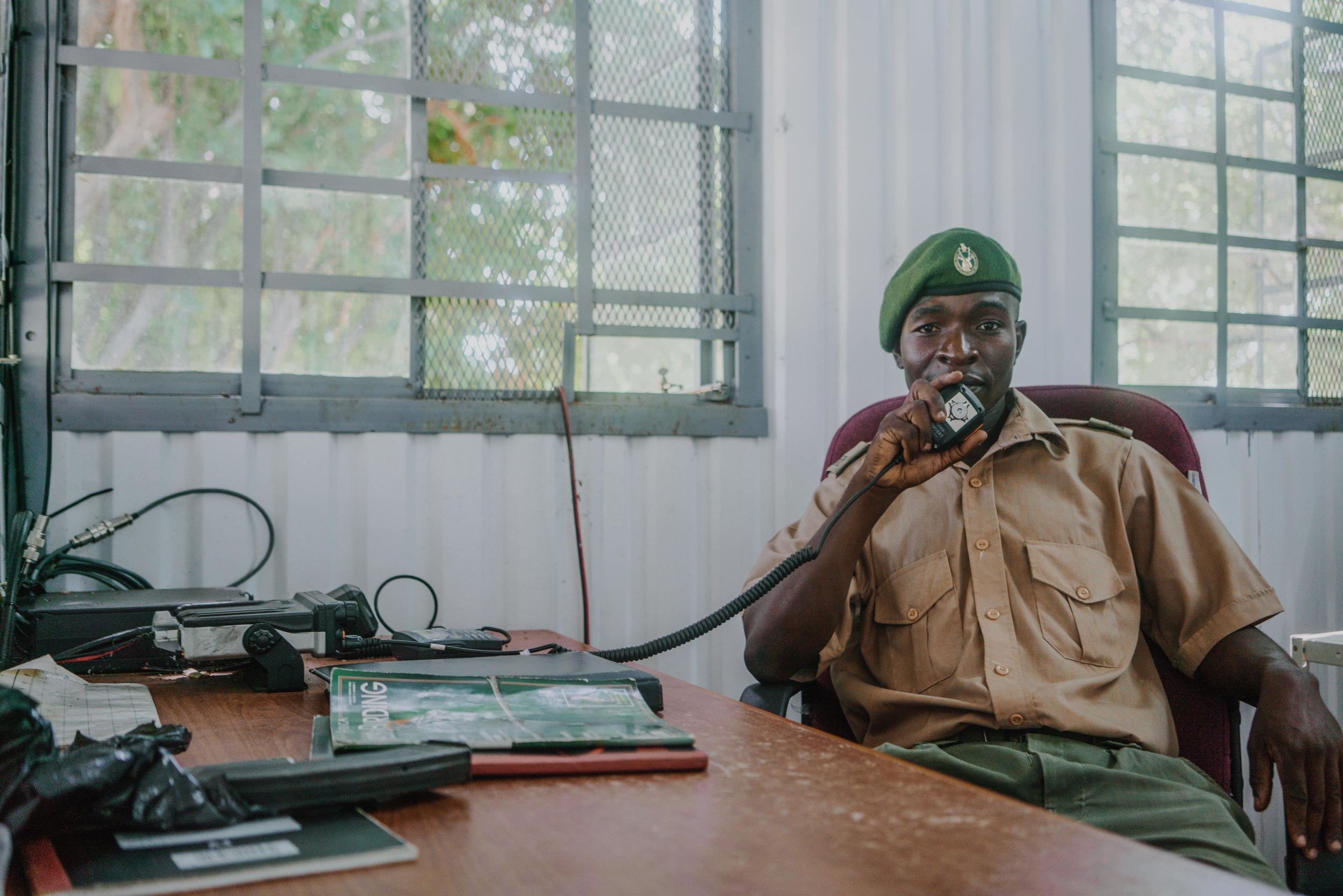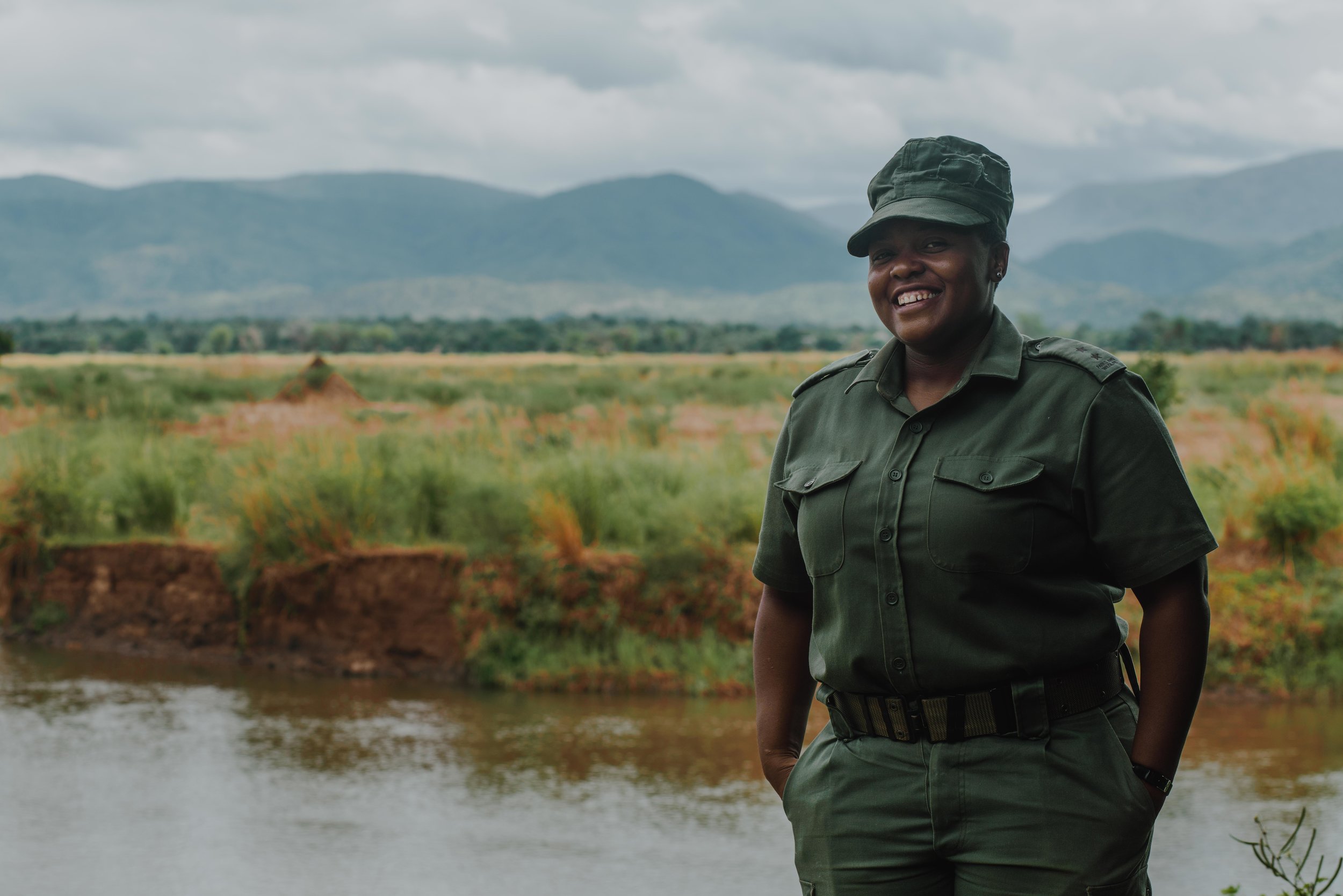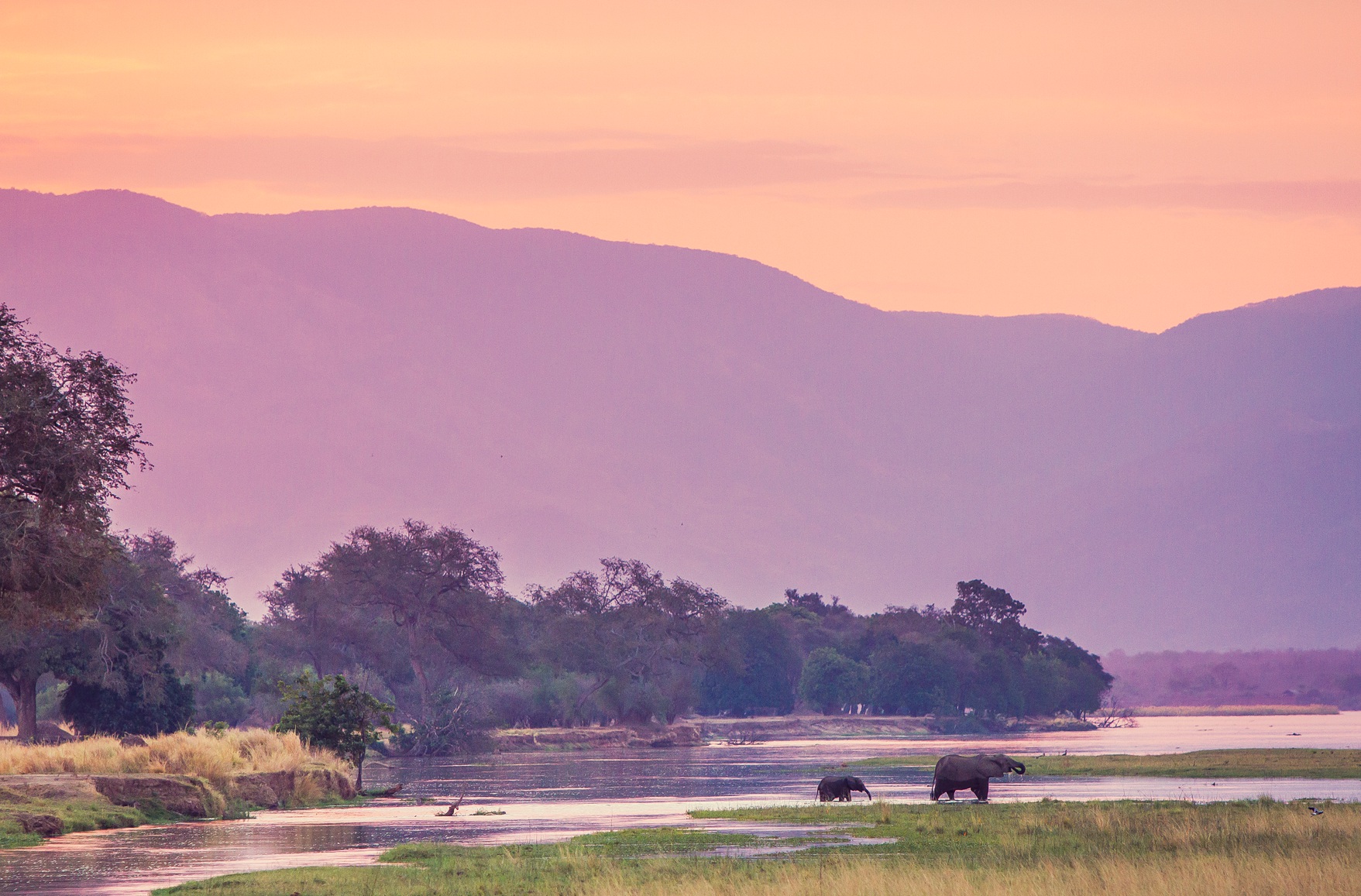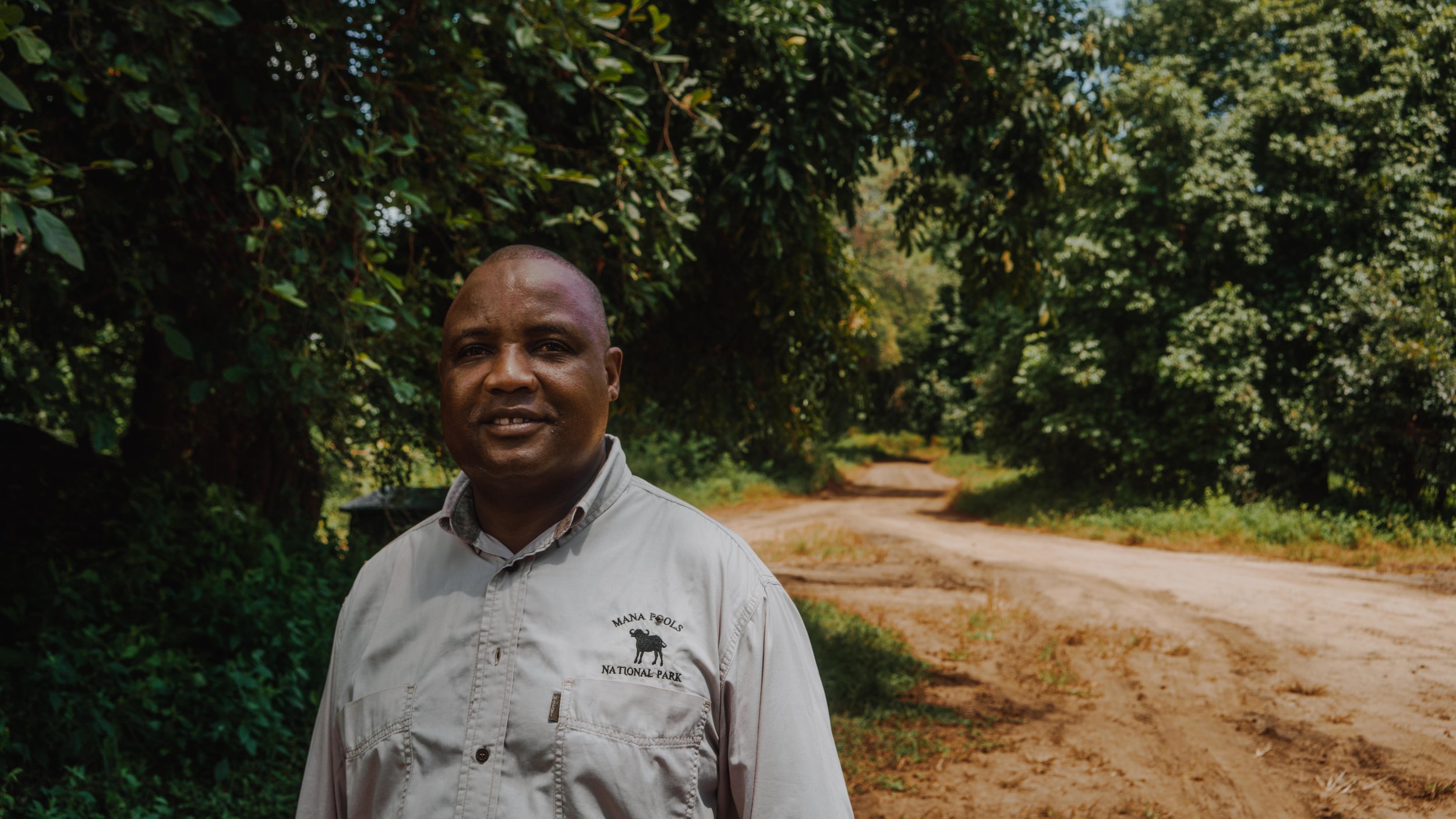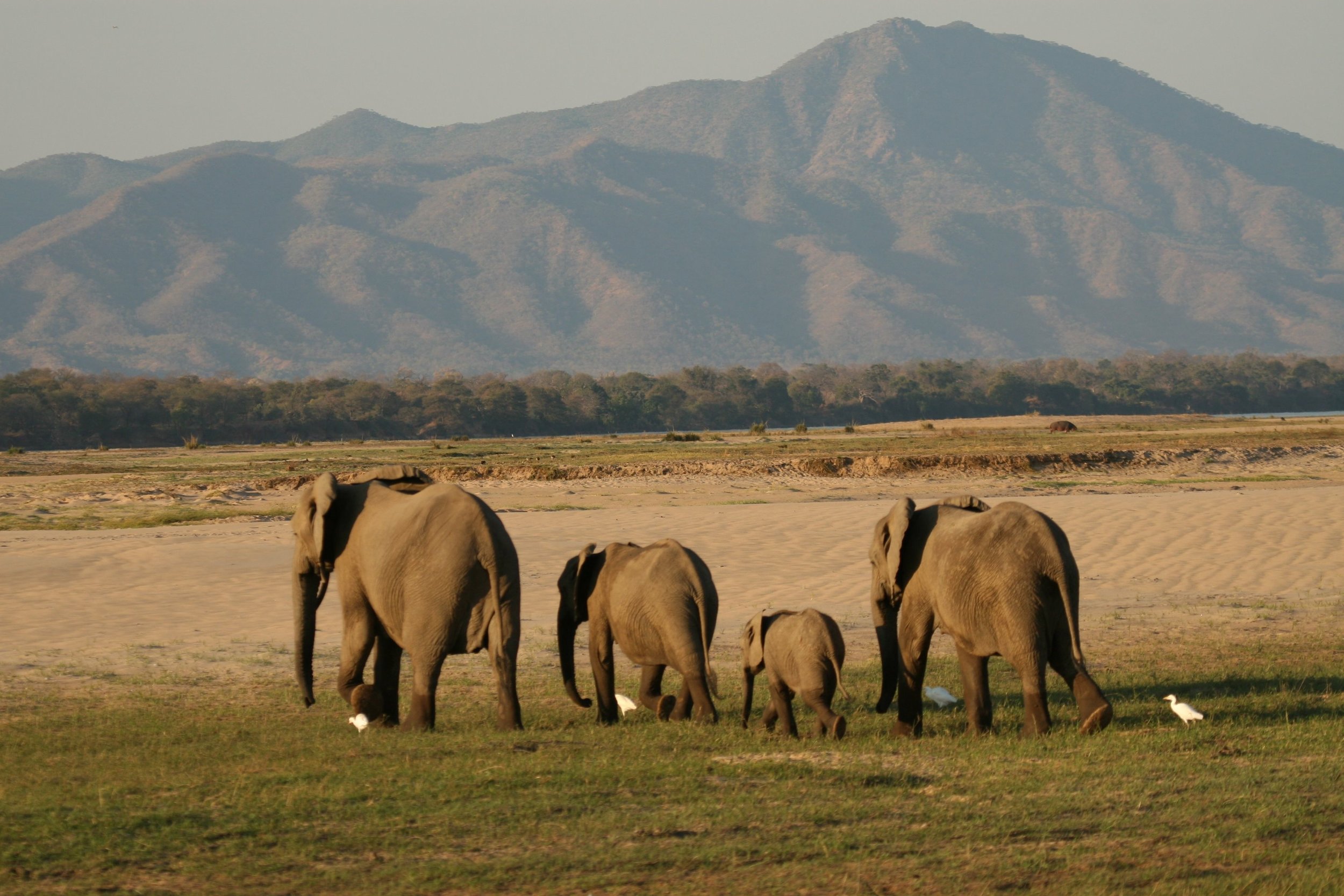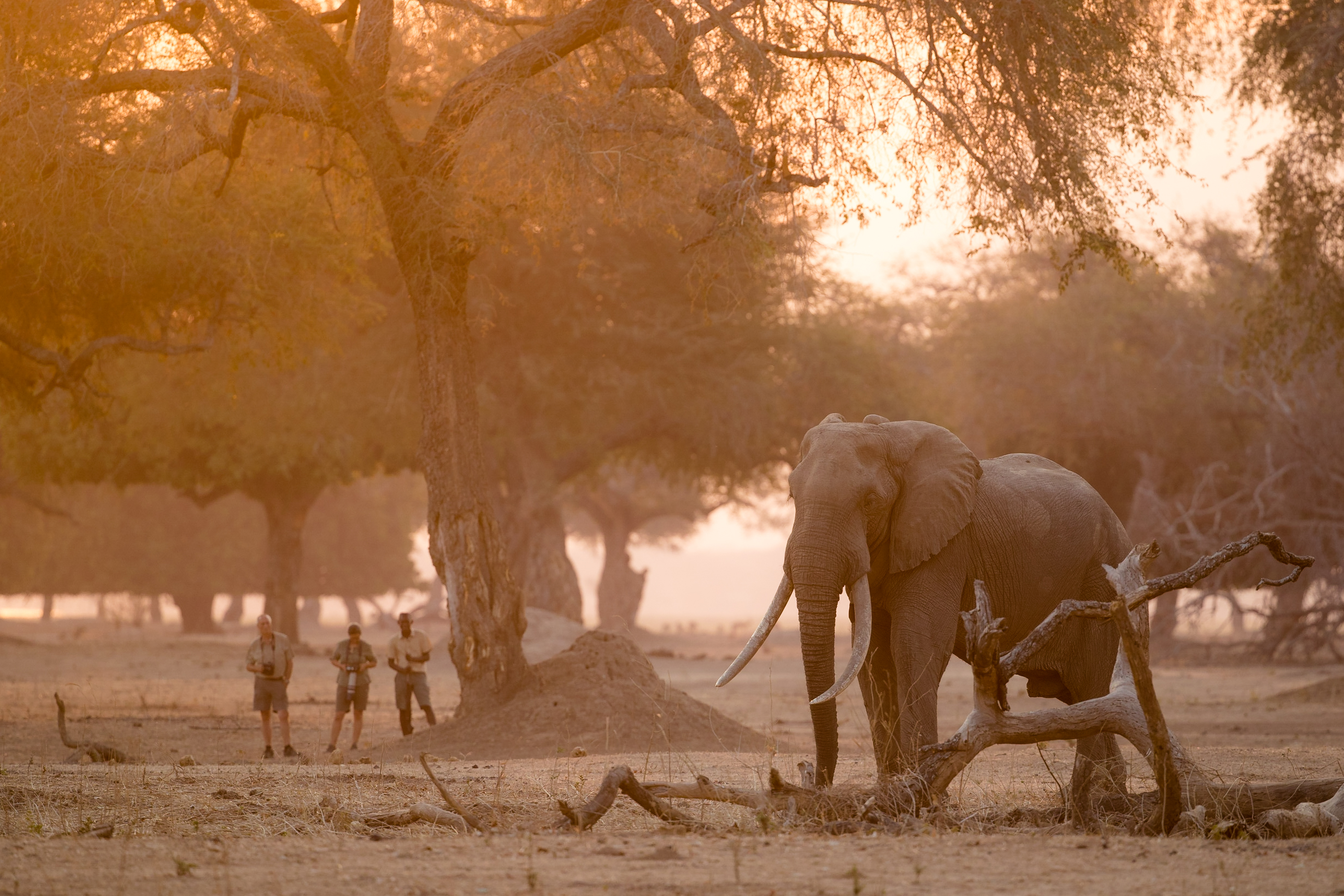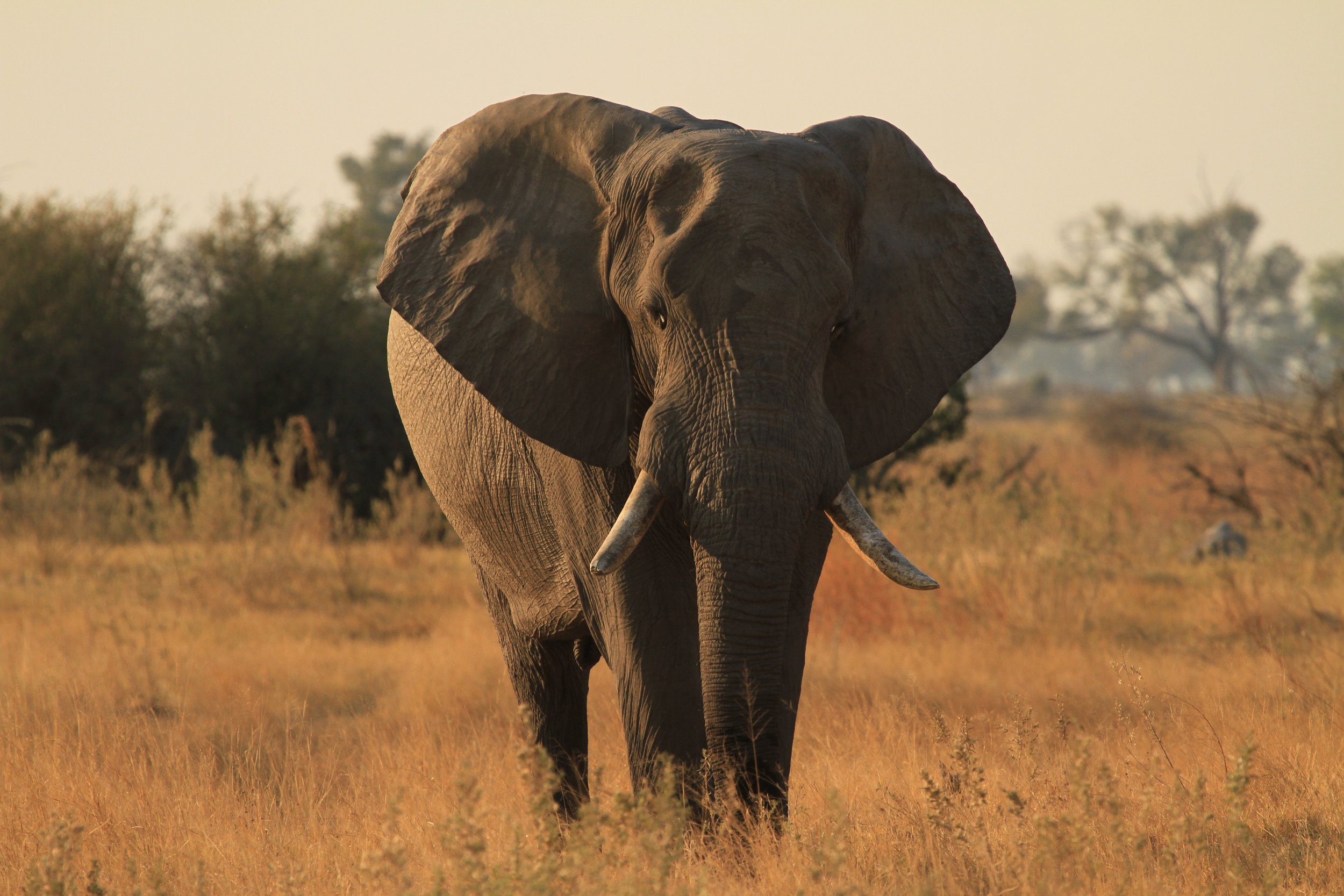Welcome to our new website!
As the Zambezi Elephant Fund continues to grow, it is reaching more and more people each day and with that comes new and exciting challenges and opportunities. We want our brand to best reflect why we exist, what we believe in, and where we’re headed.
Today, we’re taking a bold step towards that with a new logo, identity and website that together support our vision and mission.
Ahead of being the sole beneficiary for this year’s annual Saving the Elephants 10km Run/Walk in New York City, we decided it was imperative to re-brand Zambezi Elephant Fund to present a modern, clean and unified voice to our international community.
We commissioned digital strategist Dan Calderwood to project-manage the transition, who in turn teamed up with graphic designer Stefania Origgi to deliver the new-look Zambezi Elephant Fund.
We are extremely proud of our awesome new logo and website and wanted to share the story and rationale behind some of the design choices and digital execution.
NEW LOGO:
Using the old logo as a foundation, the new logo was inspired from the patterns in Zimbabwean Shona textiles, the shape of the meandering Zambezi River and the ancient paths that the elephant walks.
It was essential to keep the shape of the baby elephant as it signifies protection, family and community.
With the inter-connected lines and shapes, the logo communicates the core strengths of the Zambezi Elephant Fund – that of commitment and connection to the organisations with whom we work to protect elephants and other species and habitats in the regions enriched by the Zambezi River.
A new, coherent colour palette was selected to echo the rich colours of the Zambezi Valley, which has been applied throughout the new website.
The choice of the main grey-blue colour represents the elephant’s hide with a complementary colour set representing the shades of dawn experienced in Mana Pools in the Zambezi Valley.
NEW WEBSITE: We’re ready to unleash its potential!
Along with the new logo we have rebuilt our website to be mobile responsive, user-friendly and reflect our brand new identity.
It is very important to present our story with as little clutter as possible AND be legible on a mobile phone. We wanted the web design to be powerful and contemporary, whilst giving the design layout space to breathe across the pages, allowing users to scroll through our story easily.
Images will always tell a story; therefore, the use of strong visuals is also an important element in clearly communicating our purpose and unique voice.
The new look and feel marks a new chapter in our story. But it is also an important change inspired by Africa’s magnificent elephants and the many people who have supported us and with whom we’ve connected along the way.
The Zambezi Elephant Fund may feel like a new organisation, but we remain true to our vision and mission and would like to thank you for your continued support in helping to keep the hope for Zimbabwe’s elephants alive.
